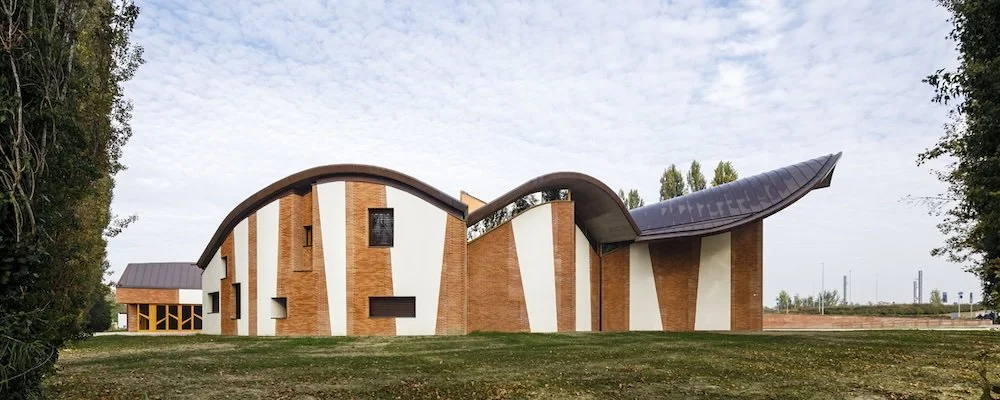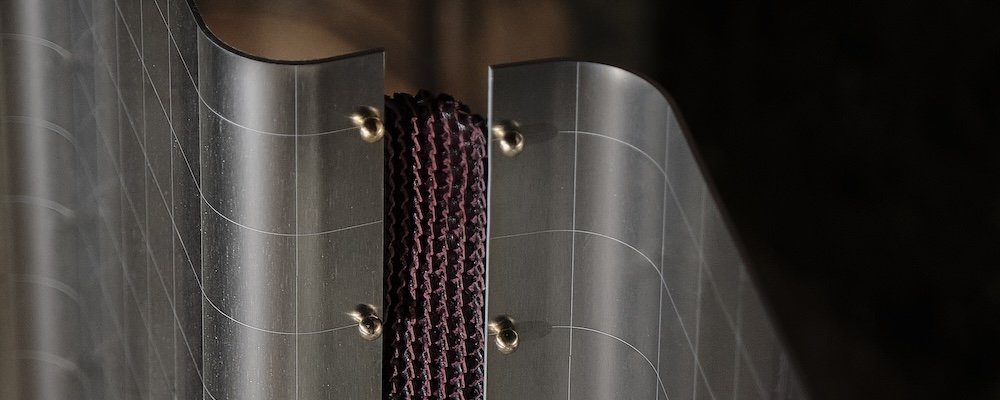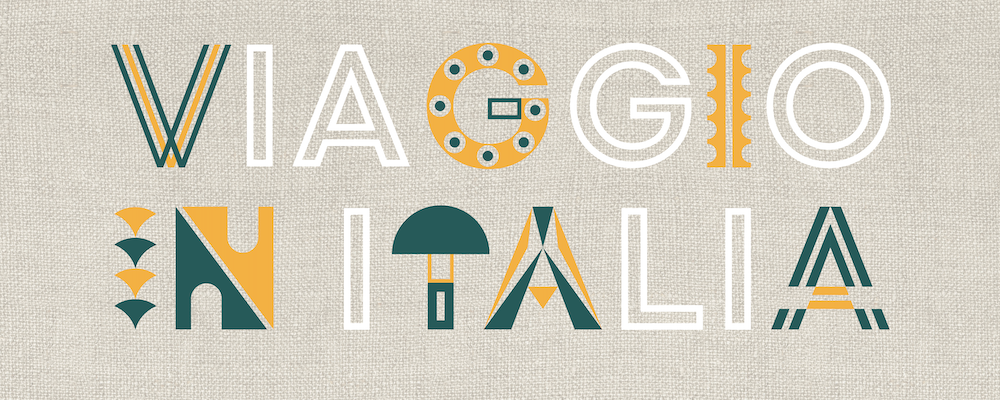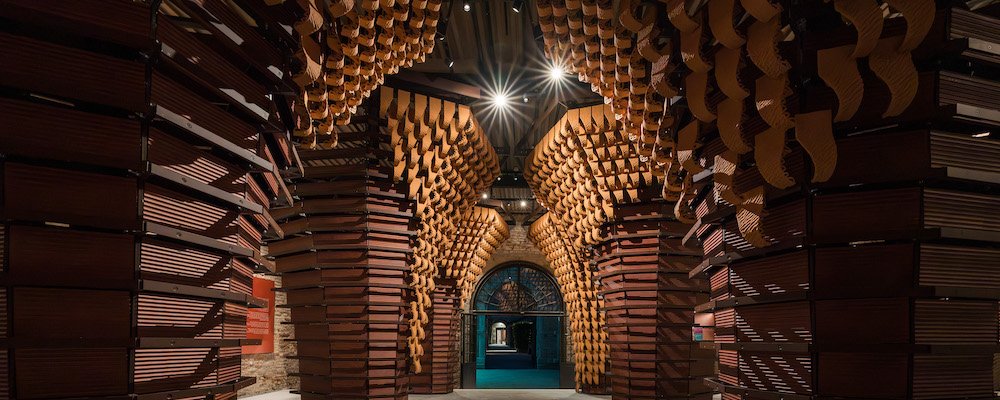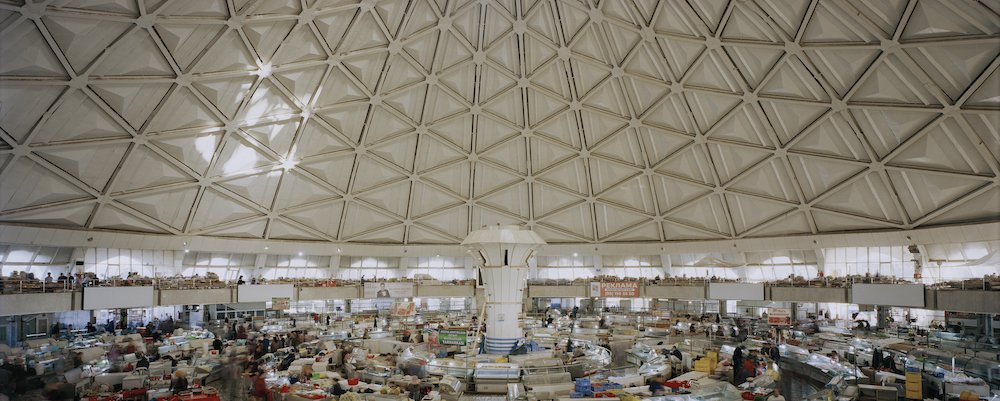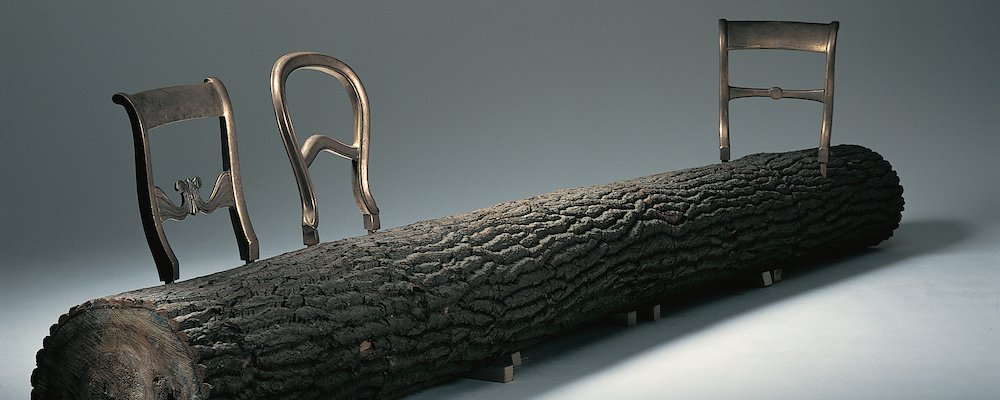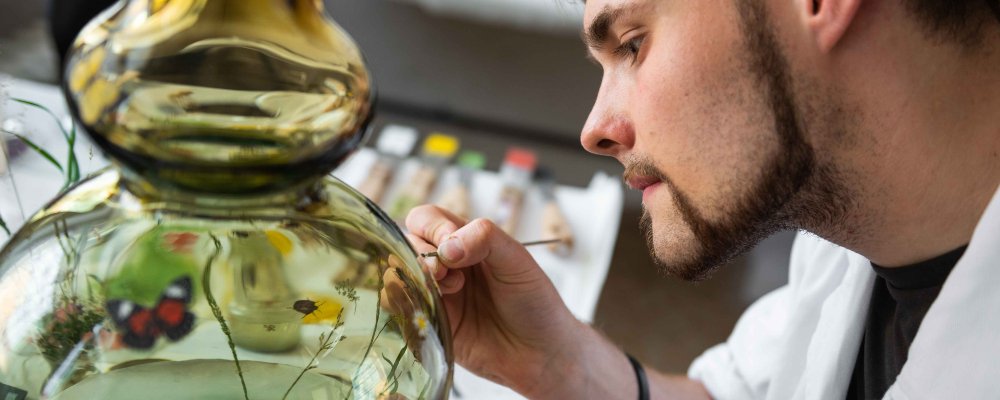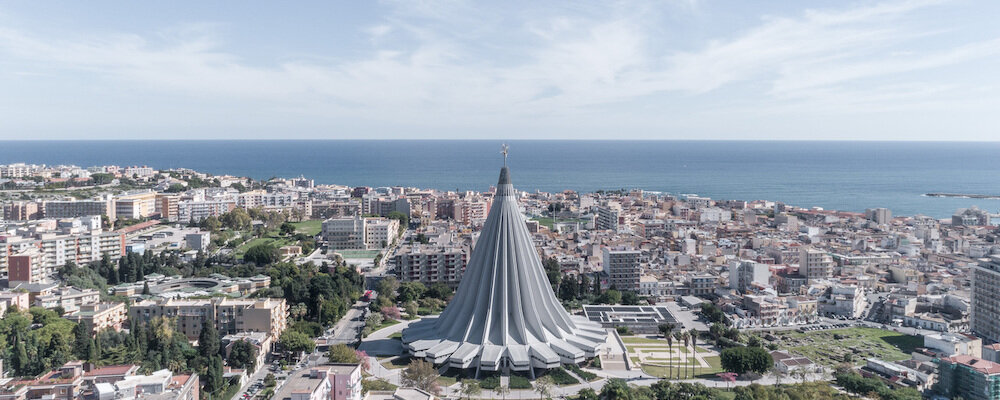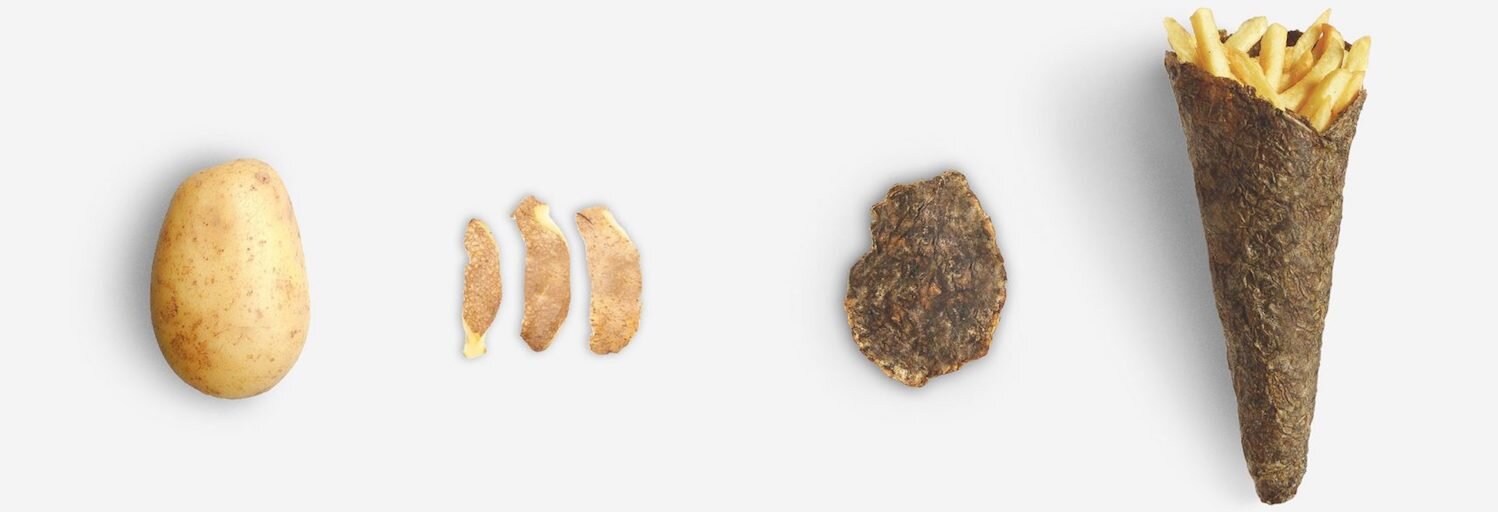'Tutto Ponti' from the spoon to the city
The most iconic Italian architect and designer of the 20th century is settling in at the Musée des Arts Décoratifs (MAD) for a rare and complete retrospective of his prolific career from 1921 to 1978.
‘Tutto Ponti: Gio Ponti, Archi-Designer’ is a vibrant homage to the man who shaped our lives for decades, added iconic buildings to his home city of Milan and brought sophistication to pure lines of furnitures. It presents a chronological view of Ponti’s six-decade career in the fields of architecture, design, interior design and publishing.
The main hall is punctuated by five sections featuring major commissions, furniture, lighting and textiles, as well as architectural projects detailed chronologically through drawings, models, photographs and films from the period.
Six “period rooms” conclude the visit with spectacular reconstructions emphasising the global aspect of his work. The garden-side gallery explores the collaborations that he undertook with major art-object manufacturers such as Richard Ginori, Christofle (hero picture) and Fontana Arte, as well as with artisans and smaller companies.
Over 400 pieces, some of which have never left their place of origin, trace this multidisciplinary display that combines architecture, furniture and interior fittings for private homes and public buildings (universities and cathedrals). The exhibition design was conceived by the agency Wilmotte & Associés in collaboration with the graphic designer Italo Lupi.
Every year in Milan, I go on a trail hunting when I am in town for the Salone del Mobile. According to Domus, there are 60 buildings in the city made by the Italian genius.
Chronology
After staring his career in 1921, he rapidly got his first award two years later at the International Exhibition of Decorative Arts in Paris in 1925.
The following year, he designed his first architectural work abroad, the Ange volant villa close to Paris, and collaborated with Christofle (Paris) and Venini (Murano). In parallel, Ponti created a series of modestly priced furniture with simple forms, called La Rinascente, for the department stores, thereby making the decorative arts accessible to the greatest number.
Thanks to his connections with the movement Labirinto which gathered designers and manufacturers, he was able to spread his ideas and promote new talents thanks to the exhibitions that he organised at the Monza Biennial, and especially through Domus, which he founded in 1928.
In the 1930s, his architectural practice took a modernist turn with the construction of Case Tipiche and the offices for the company Montecatini in Milan.
He designed lighting for Fontana Arte, silverware for Krupp, fabrics for De Angeli-Frua and Ferrari and furniture for Casa e Giardino.
In the 1940s, Gio Ponti diversified his activities with monumental frescos, oil paintings, and writing, opera and the cinema, creating new screenplays as well as sets and costumes for la Scala in Milan. At the end of the war, as a major protagonist for the “made in Italy” movement, he promoted Italian design abroad through his journal Domus and the exhibitions he organised. He also conceived of two emblematic objects: the aerodynamic coffee machine La Cornuta (1949) for Pavoni and the Leggera chair for Cassina.
From 1950 to 1960, now famous, Gio Ponti’s style reached an international audience with private architectural commissions in Venezuela, the United States, the Middle East and even Hong Kong. He created two of his masterpieces during this period: Villa Planchart in Caracas and the Pirelli Tower in Milan. Lightness, transparence, clarity, colour and simplicity: these were his key words.
In 1957, the chair Superleggera, one of the lightest in the world, became the icon of his furniture designs.
In the 1970s, he envisaged his architectural façades as if they were folded pieces of paper pierced with geometric forms, as in the Taranto Cathedral (1970, above) and the Denver Art Museum (1974). He also took a new approach to furniture design, which became more flexible, mobile, light and luminous in order to adapt the space to contemporary lifestyles.
The beautiful exhibition illustrate what Italian architect Ernesto Nathan Rogers (1909-1969) mentioned about Ponti: “from the spoon to the city”, a perfect embodiment of the personality of the Milanese architect, whose projects could range from the infinitely small to the infinitely large.
’Tutto Ponti’ runs until February 10th, 2019.







